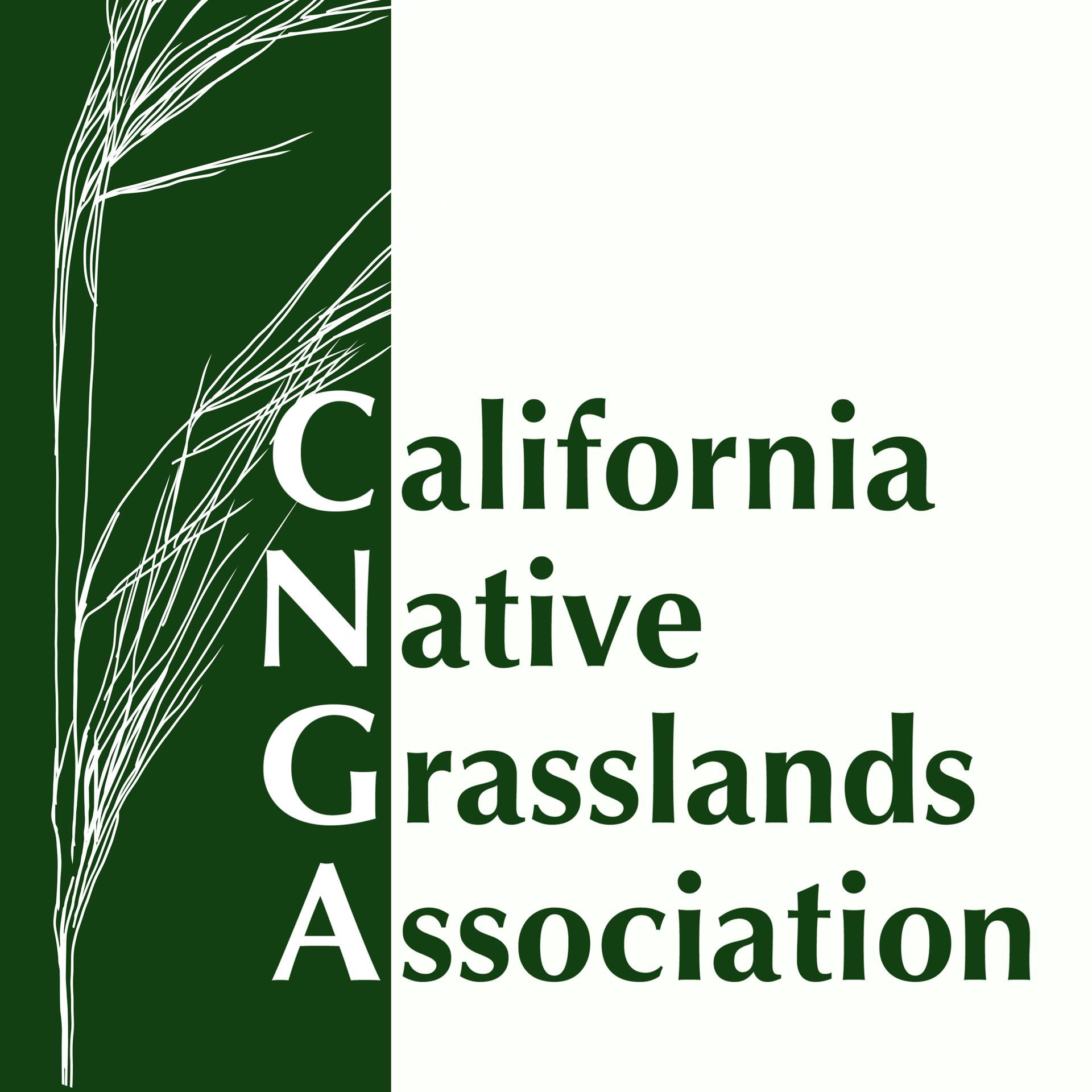Rethinking local seed sourcing for the restoration of a foundational grass species in California
Nolan, M.P., Luong, J.C., Valliere, J.M., Mazer, S.J. and D'Antonio, C.M. (2023), Rethinking local seed sourcing for the restoration of a foundational grass species in California. Restor Ecol e13992. https://doi.org/10.1111/rec.13992
Madeline P. Nolan is a CNGA GRASS Recipient, Justin C. Luong is a CNGA Director & former GRASS Recipient
This research article examines the impact of seed sourcing strategies on the success of restoration projects using the grass species Stipa pulchra. Using seeds from seven populations from Central (Santa Cruz) to Southern California (Santa Rosa Plateau), the study finds that regional admixture seed sourcing may be more beneficial for increasing resilience to environmental variation compared to restricting seed sourcing to local populations.
The findings regarding the performance of local populations of Stipa pulchra compared to non-local populations in the common gardens showed that local populations did not consistently outperform non-local populations in the Santa Cruz common garden. The study found that there was no clear benefit to using local seed sources to establish native populations of Stipa pulchra, and that sourcing from a population close to the common garden did not improve the performance of the plants.
The distance between the seed source location and the common gardens did not have a significant effect on the growth of Stipa pulchra in 2018 or 2019 in any common garden.
The suggested seed-sourcing strategy for grassland restoration in the context of climate change, based on the study's findings, is to consider using a regional admixture provenancing approach that incorporates seed from populations adapted to different climatic conditions. This approach may help improve establishment success under climate variability, such as year-to-year variation in rainfall.

